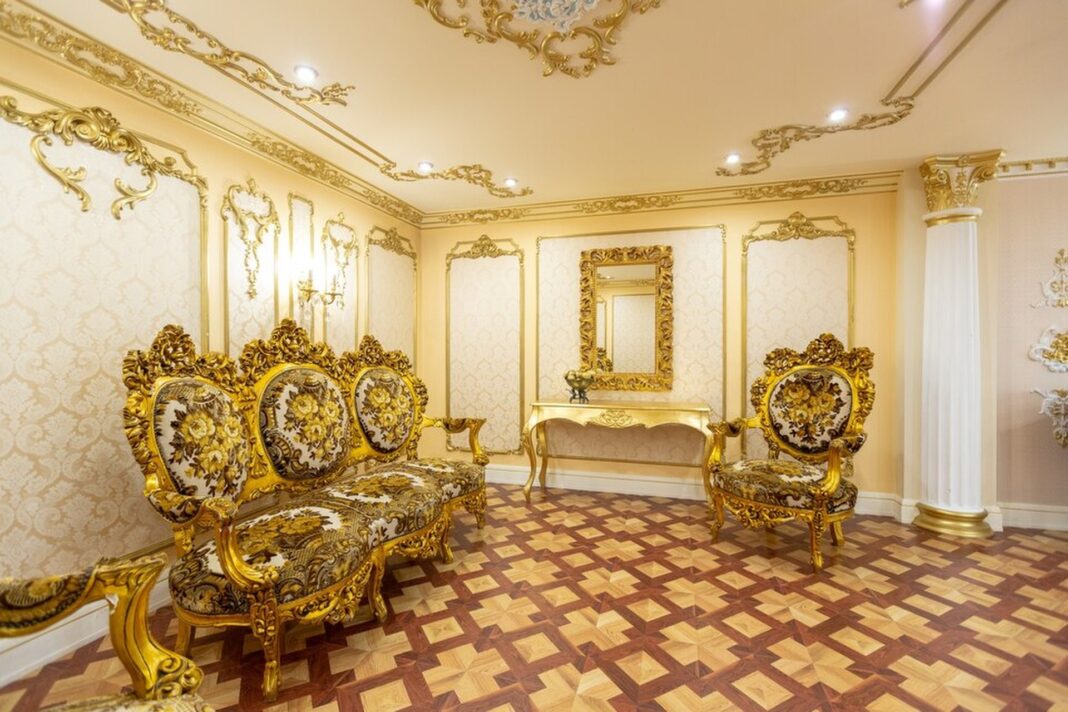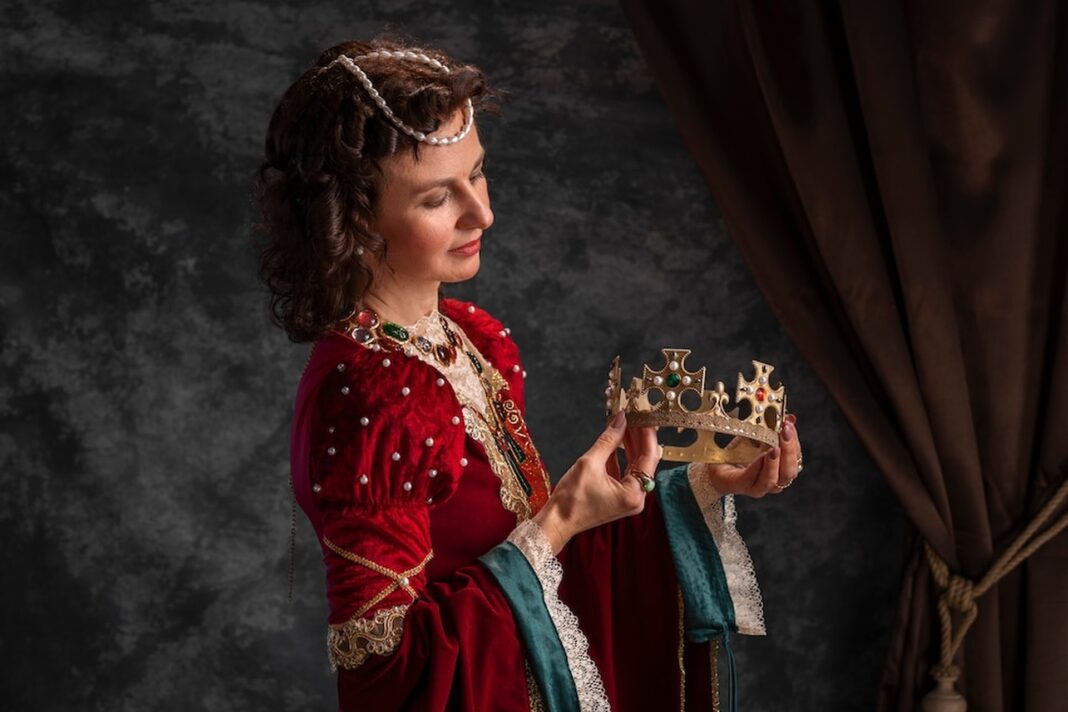A Glimpse Into Royal Routines
Royal rituals are elegant and traditional. Rituals frequently start in the morning. The royals often start their day with a simple meal and thought. Fitness is also important. They workout or do yoga to keep fit. Their days are filled with ceremonies and public appearances. The royal families have unique customs that celebrate their ancestry. From school to pleasure their lives are woven with rituals. Royals use careful time management to accomplish their obligations.
State gatherings and charity events are common for key institutions. These events are vital for building public and dignitary relationships. Royals often assist charities via community involvement. They want to make a difference as national representatives. Royal rituals combine duty and tradition. It demonstrates obligation and civic service.
Tea Time Traditions Of Royals
Royal teatime is more than a ritual. History and importance surround this social occasion. British aristocrats started afternoon tea in the early 19th century. It remains a treasured ritual. Royals meet for tea to discuss vital things and build ties. The usual high tea menu comprises sandwiches, scones and pastries. Royal grandeur permeates the presentation.
Each royal family has its teatime customs. They utilise upscale china and linens. It was meant to be relaxing. This routine helps them unwind from their hectic lives. Family dignitaries and others may attend. Conversation is key at these events. It helps royals bond.
Tea is also used in formal settings. Tea parties with lavish dishes are common on special occasions. Royal tea is simple and magnificent. It represents the monarchy’s legacy and cultural dedication.
Fashion And Formalities: Royal Wardrobes
The royal clothing is elegant and traditional. Event dress standards are typically severe. The royal family must carefully examine the occasion. Wearers‘ outfits reflect their personalities and tastes. Fabrics colours and patterns have historical connotations. Royal dress frequently reflects their country identity.
For formal occasions tiaras and dresses are standard. Royals usually wear suits or gowns to public events. They want established designers who share their ideals and style. Accessories are minimal to let the ensemble shine. Fashion choices may be diplomatic. Displaying international colours or emblems shows friendliness.
The press carefully covers royal fashion making it publicly relevant. Many royal sponsorships make designers famous and affect fashion trends. Royals use clothes to support charities. Many recycle gowns or support ethical manufacturers to show their sustainability.
The Role Of Technology In Modern Monarchies
Technology greatly affects the current monarchy. It changes the royals‘ public relations. Social media allows immediate contact. Royals may instantly share their projects and experiences. This new method democratises royal personality and image. Their fans learn about their lives and work.
Official royal websites and apps are informative. Citizens may readily access crucial notifications and activities. Maintaining relevance in a fast paced environment requires rapid adjustments. Technology improves conventional interactions. Live Streaming royal occasions enables more people to participate.
Tech helps connect but it also brings obstacles. The focus on social media might cause scrutiny. This terrain requires cautious royal navigation. Accessibility and privacy must be balanced. Public transparency demands are stronger than ever.
Many modern royals utilise technology to promote their agendas. Environmental and mental health concerns have benefited from royal attention. By using technology contemporary monarchs solidify their status. They adapt while maintaining tradition.
Daily Duties: From Ceremonies To Charity
Royals‘ daily tasks are varied. Their schedules are full of ceremonies. These include state dinners and formal receptions. Representing the Crown and country is essential. Engagement planning and advisor cooperation are essential.
Charity work is also important to royalty. Many royals promote health and education projects. They raise awareness with their voices. They often visit charities demonstrating their dedication. This effort helps society and boosts its image.
Their duties include citizen interaction. Royals interact with the public during meet and greets. These personal ties reverberate with the community. They represent togetherness and culture.
Daily existence requires much behind the scenes effort. Engagement planning requires briefings and strategy discussions. Royals must comprehend the history of events they visit. They strengthen their monarchy leadership with each task.
Inside Royal Residences: A Tour Of The Palace
Royal houses have majestic architecture and history. Each palace narrative is formed by its residents. Tourists visit to see behind the gates. Buckingham Palace, Windsor Castle and Kensington Palace are notable. Each place exhibits different art and culture.
Visitors admire lavish chambers with historical relics. Rich decor and art collections capture attention. Gardens are important in palace design. They provide peaceful places to unwind and have meetings.
Royal homes host dignitaries and family festivities. Official events are still held at several palaces. Private spaces are allocated for families. Guided tours reveal royalty history and present.
These homes must be preserved. Their legacies define countries. This legacy is renovated and maintained extensively. Modern technology helps keep palaces functional.
Are Royal Families Involved In Politics?
Royal families are usually politically neutral. They usually perform ceremonial tasks rather than government work. Constitutional monarchies like the UK use the monarch as a figurehead. They attend public events but do not influence politics. While politicians consult with them, royals do not engage in legislation.
Certain royal families had greater direct authority. Absolute monarchies were powerful politically. Today symbolic representation is popular. This move promotes national stability. Royals avoid politics and concentrate on charity and community service. They want unity not division.
How Do Royal Families Maintain Privacy?
Despite the public interest, royal families value seclusion. They keep their personal life normal by managing them properly. Residences have private spaces. Safety and confidentiality are ensured by strong security.
Public appearances are usually well planned. Even in the limelight royals must balance. Family members may restrict social media use. This choice protects their privacy while communicating with the public. Charity gatherings may also avoid criticism and promote important causes.
Royal families struggle with privacy. Media attention may be persistent. They master this terrain. Through careful communication they balance royal duty and personal life.



